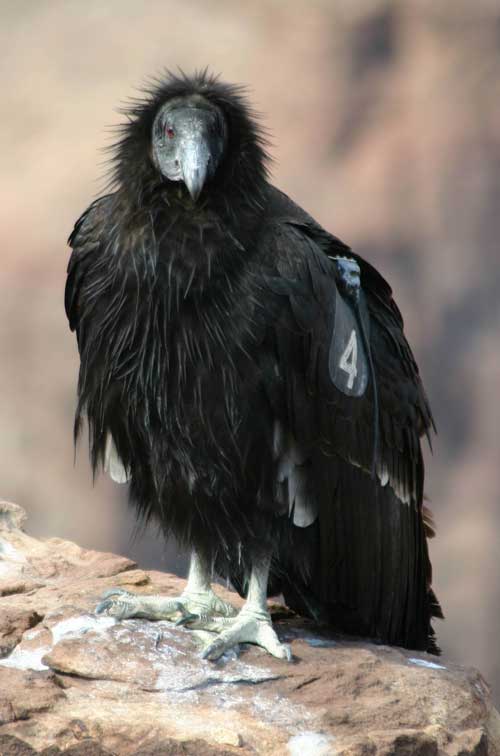Perched on the south rim of the Grand Canyon, Lookout Studio is a place where history, culture, and nature all swirl together like the rising thermal air pushing up the cliffs of the canyon.
One of the most noted and prolific architects of the Grand Canyon and the American West, Mary Colter had a vision for the studio. Like many of the buildings that Colter designed for the Santa Fe Railway, Lookout Studio is a study of form and function. Colter’s Lookout Studio is designed to emulate the natural scenery along the rim of the Grand Canyon using local stone and wood while mimicking 12th Century southwestern Native American construction styles. Known as “parkitecture” this building style is endemic to many national parks in the United States where landscape architect Frederick Law Olmsted encouraged designs that blended with their natural surroundings. Lookout Studio was completed in 1914 and is now one of seven buildings designed by Colter at the South Rim of the Grand Canyon and listed on the National Register of Historic places.
Lookout Studio is also a functioning piece of history at the canyon. Early 20th Century visitors to the park (1900-1930s) could view the inner canyon and trails from large telescopes set up along the porches of the building. During these years, most travelers ventured into the inner recesses of the canyon by mule to Indian Garden, Plateau Point, and Phantom Ranch. From Lookout Studio, early visitors could relive their mule rides into the canyon or get a glimpse of what they were missing if they did not make the trip. The studio also provided a social space for tourists to warm up on cold canyon days, sit and enjoy a good book, or just relax and chat with other park visitors. In the evenings visitors returned to the studio to enjoy the fireplace, good conversation with visitors from around the world, and star-gazing with telescopes.
The studio was not a relaxing spot for all visitors, though. Its location was a sore spot for another canyon business just down the path—the Kolb brothers’ photography studio. The Kolb brothers’ studio included a small souvenir and gift shop selling their original photographs and postcard views of the Grand Canyon.
Lookout Studio and Fred Harvey’s souvenir and gift shop took business from the Kolbs who had been there for a decade. Lookout Studio was built in a position along the popular south rim trail to create a bottleneck that slowed down and distracted visitors from reaching the Kolb Brothers’ studio a hundred yards or so down the path. Visitors walking along the south rim from El Tovar hotel were drawn into Lookout Studio which also sold paintings, postcards, and photographs of the canyon. The competition simmered for many years between these two canyon competitors.
Today Lookout Studio offers visitors a portal to the past through a tour of its historic interior as well as a great spot to see the largest land bird in North America and one of America’s rarest birds in flight—the California Condor (Gymnogyps californianus). Standing along the terraces used by visitors of the past to view the canyon’s interior by telescope, contemporary visitors can use coin operated viewing scopes along the same terrace to view the soaring spectacle of the condors in flight. Or simply stand along the paved trail near Lookout Studio and the stone walls along the canyon’s rim and watch for these large grayish black birds with white triangular shaped patches of feathers under their wings as they soar up and down the cliffs, expertly using the warmed afternoon winds—thermal updrafts—to cruise along the canyon.
Once a common part of the Grand Canyon ecosystem, the condors were placed on the endangered species list in 1967 due to the increasing push of western settlement, shooting, poisoning from lead and DDT, and habitat degradation. However, condors have made a successful recovery through the efforts of scientists, environmental groups, and government agencies that have taken captive-bred condors and re-introduced them into the wildlands of northern Arizona. From only nine individuals in 1985, the program has helped to restore about 60 condors flying free in Arizona today. The birds today have numbered tags on their wings and carry radio transmitters that enable biologists to track their locations and health in the wild. In 2006, several active nesting areas were noted in Grand Canyon National Park. These signs of the condors’ gradual repopulation of their former range are important for gauging the rate of their recovery but they also serve as reminders of the larger mission of wildlife conservation in national parks. National parks around the country serve an important role in preserving habitat and protecting threatened and endangered species.
Part of the vulture family of birds, an adult condor has a wingspan of up to nine and a half feet and weighs up to 22 pounds. Condors play an important role in the ecosystem by eating carrion or dead animals such as deer, cattle, rabbits, and large rodents. They can glide up to 50 miles per hour although they mostly perch on cliffs or soar lazily in the sky like their smaller cousin, the turkey vulture. Condors can travel 100 miles or more per day in search of carrion. They construct rather primitive nesting areas in rock crevices and caves. Only every other year, condors lay a single egg on bare ground. Ask a ranger about the condor recovery program and for more information on their nesting this year. Respect these wild and amazing birds: do not approach condors or offer them food.
Written By Yolonda Youngs
References:
-
Anderson, Michael F. Along the rim: A guide to Grand Canyon’s south rim from Hermit’s Rest to Desert View. Grand Canyon: Grand Canyon Association, 2001.
-
National Park Service. Online resource. “Nature and Science- California Condor.” http://www.nps.gov/archive/grca/pphtml/2highlights94.html. Accessed December 2008.




